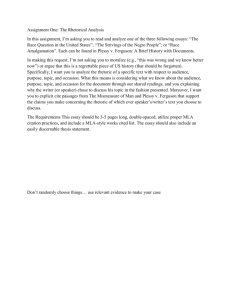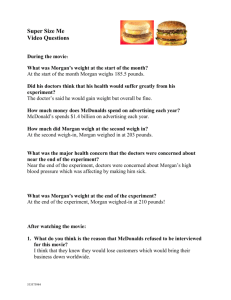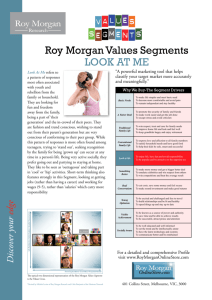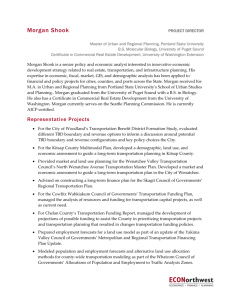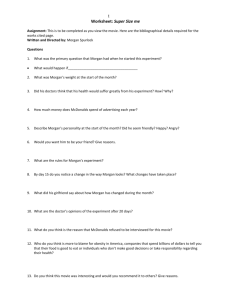Citing Sources in Research Papers: A Guide
advertisement
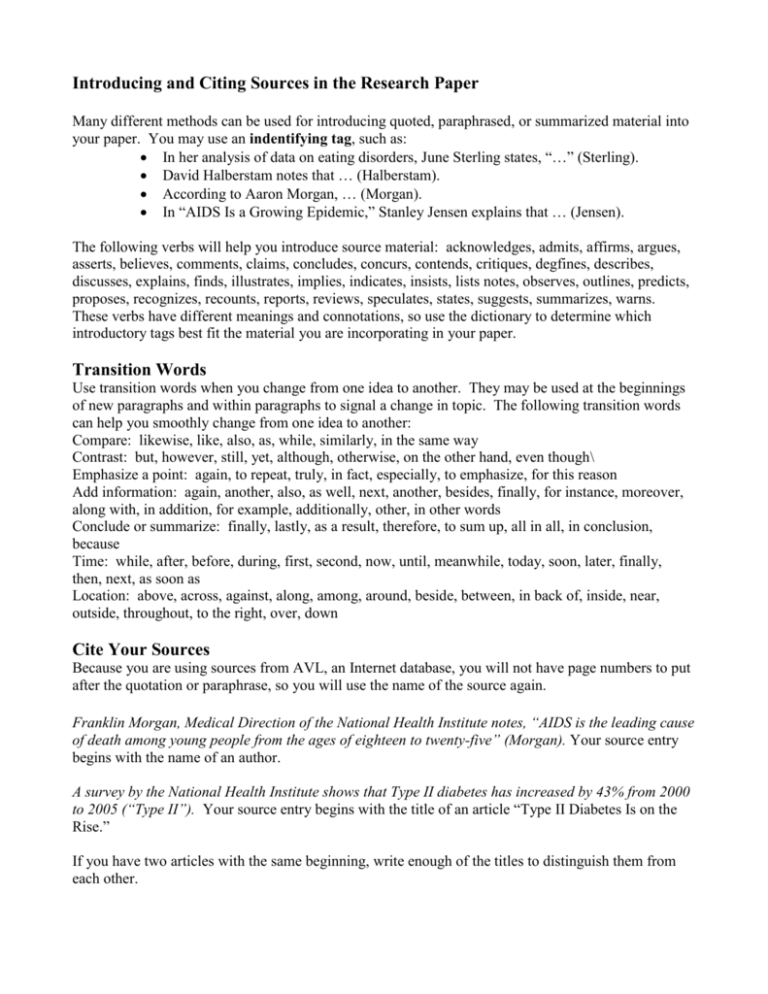
Introducing and Citing Sources in the Research Paper Many different methods can be used for introducing quoted, paraphrased, or summarized material into your paper. You may use an indentifying tag, such as: In her analysis of data on eating disorders, June Sterling states, “…” (Sterling). David Halberstam notes that … (Halberstam). According to Aaron Morgan, … (Morgan). In “AIDS Is a Growing Epidemic,” Stanley Jensen explains that … (Jensen). The following verbs will help you introduce source material: acknowledges, admits, affirms, argues, asserts, believes, comments, claims, concludes, concurs, contends, critiques, degfines, describes, discusses, explains, finds, illustrates, implies, indicates, insists, lists notes, observes, outlines, predicts, proposes, recognizes, recounts, reports, reviews, speculates, states, suggests, summarizes, warns. These verbs have different meanings and connotations, so use the dictionary to determine which introductory tags best fit the material you are incorporating in your paper. Transition Words Use transition words when you change from one idea to another. They may be used at the beginnings of new paragraphs and within paragraphs to signal a change in topic. The following transition words can help you smoothly change from one idea to another: Compare: likewise, like, also, as, while, similarly, in the same way Contrast: but, however, still, yet, although, otherwise, on the other hand, even though\ Emphasize a point: again, to repeat, truly, in fact, especially, to emphasize, for this reason Add information: again, another, also, as well, next, another, besides, finally, for instance, moreover, along with, in addition, for example, additionally, other, in other words Conclude or summarize: finally, lastly, as a result, therefore, to sum up, all in all, in conclusion, because Time: while, after, before, during, first, second, now, until, meanwhile, today, soon, later, finally, then, next, as soon as Location: above, across, against, along, among, around, beside, between, in back of, inside, near, outside, throughout, to the right, over, down Cite Your Sources Because you are using sources from AVL, an Internet database, you will not have page numbers to put after the quotation or paraphrase, so you will use the name of the source again. Franklin Morgan, Medical Direction of the National Health Institute notes, “AIDS is the leading cause of death among young people from the ages of eighteen to twenty-five” (Morgan). Your source entry begins with the name of an author. A survey by the National Health Institute shows that Type II diabetes has increased by 43% from 2000 to 2005 (“Type II”). Your source entry begins with the title of an article “Type II Diabetes Is on the Rise.” If you have two articles with the same beginning, write enough of the titles to distinguish them from each other.


